¶ Saito Realm
This is the newest game developed by the Saito community, in an effort to have a card battle game running on the Saito Arcade/Red Square and the Saito's blockchain. A standard game of Realm involves two players engaged in a battle acting as powerful summoners/mages. Each player has their own deck of cards, either one previously constructed or made from a limited pool of cards for the event.
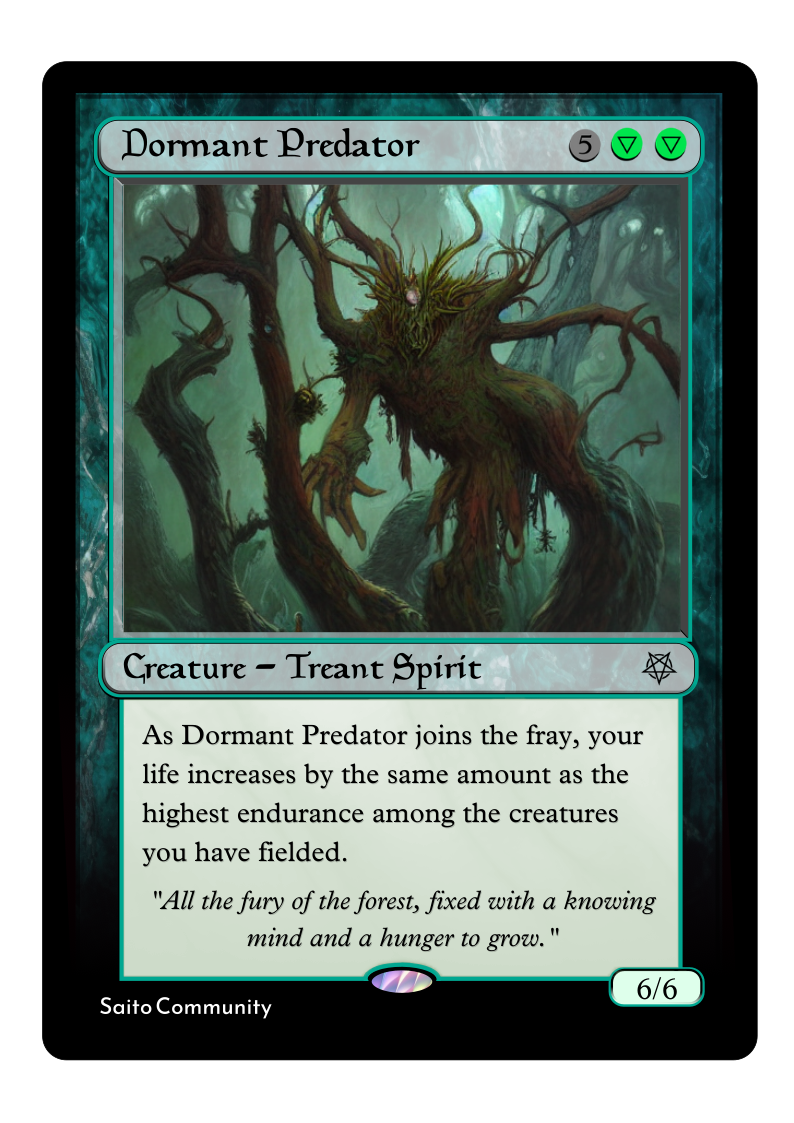
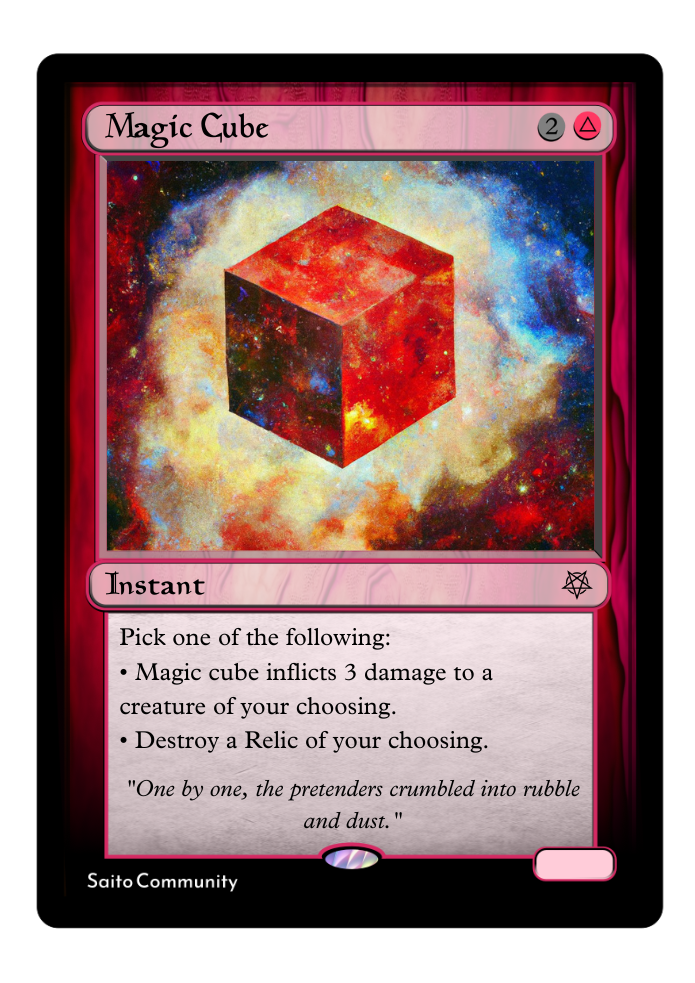
Cards in Saito Realm have a consistent format, with half of the face of the card showing the card's art, and the other half listing the card's mechanics, often relying on commonly-reused keywords to simplify the card's text. Cards fall into generally two classes: lands and spells. Lands produce Souls or magical energy. Players usually can only play one land card per turn (some cards allow you to play additional lands during a turn, with most land providing a specific color of souls when they are "tapped"; each land can be tapped for mana only once per turn.
Meanwhile, spells consume souls, typically requiring at least one soul of a specific color.
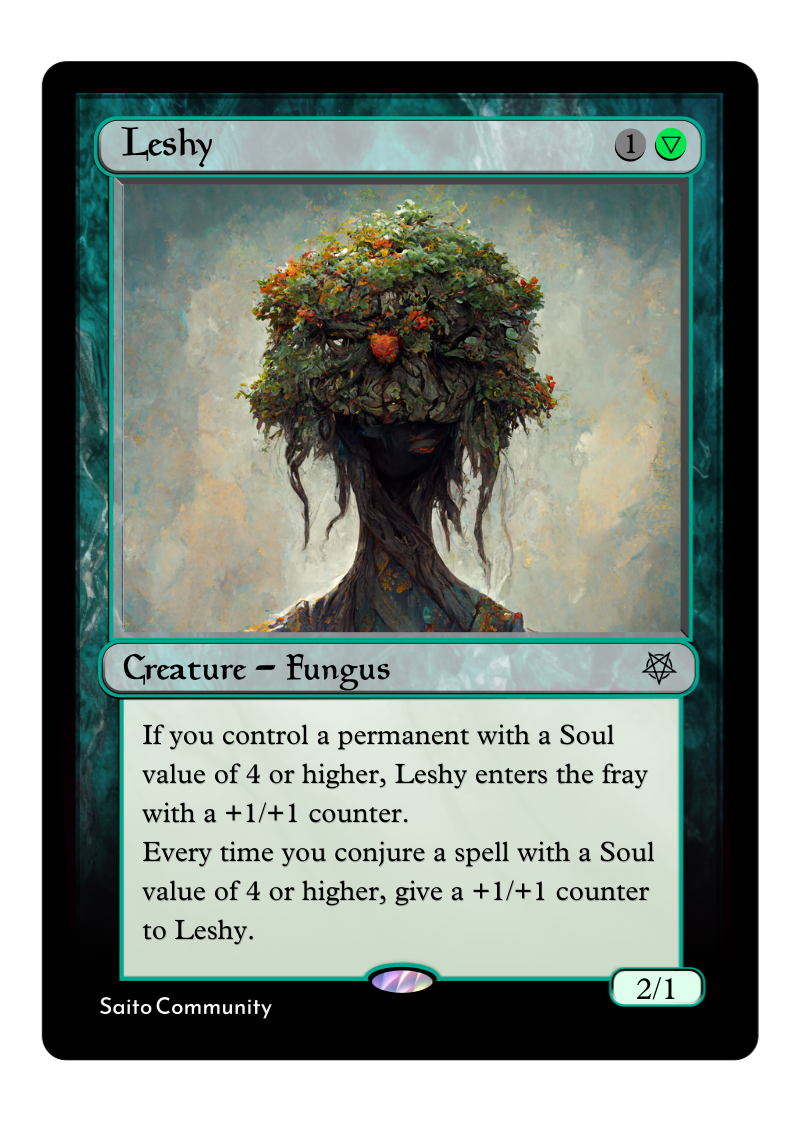
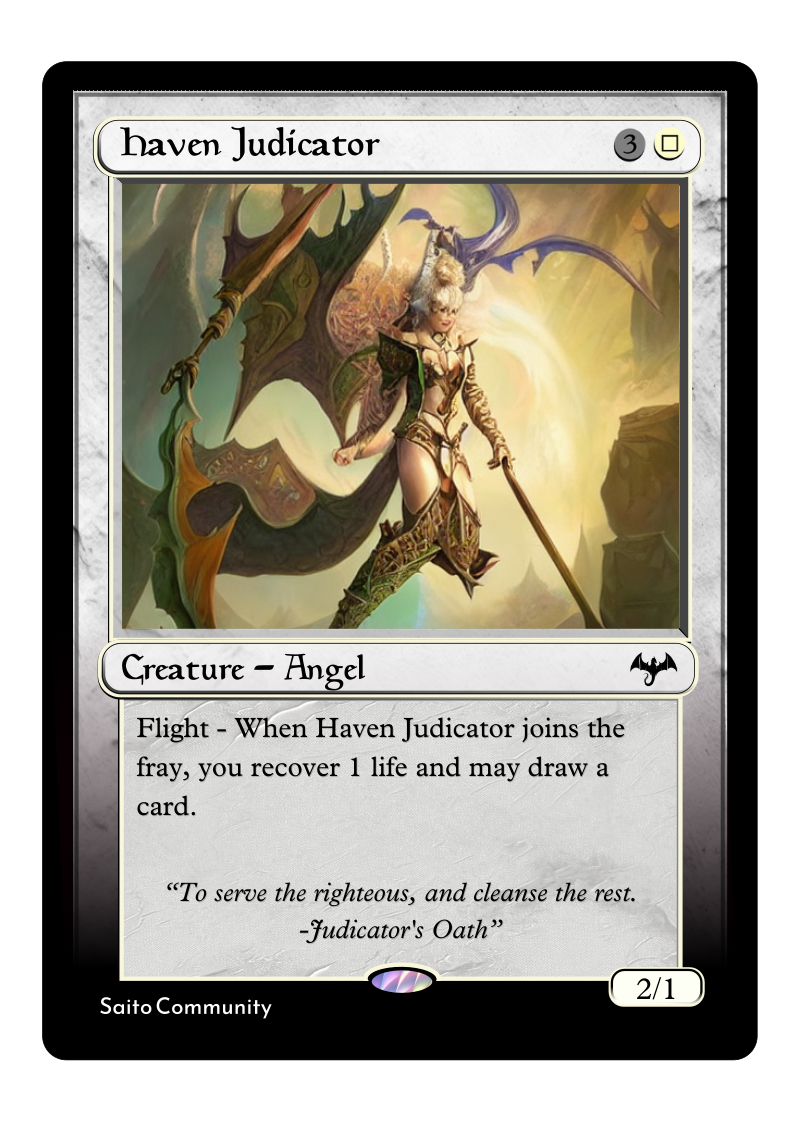
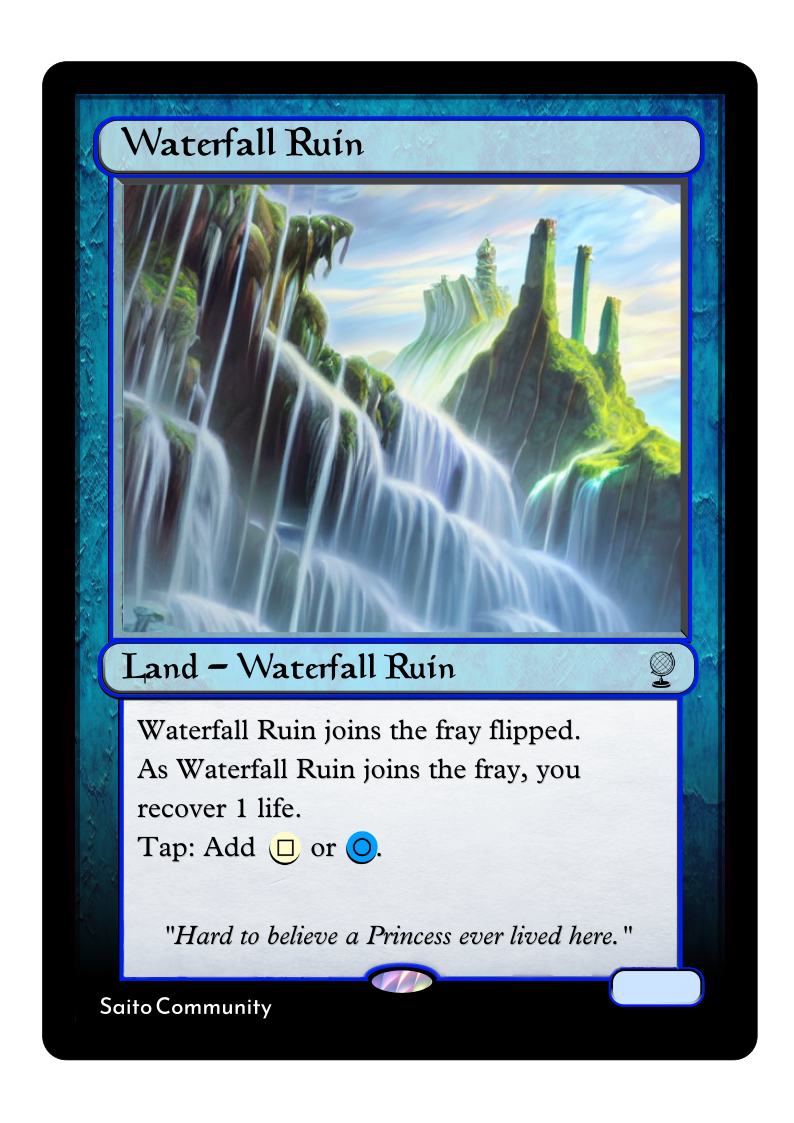
More powerful spells cost more, and more specifically colored, souls, so as the game progresses, more land will be in play, more souls will be available, and the quantity and relative power of the spells played tends to increase. Spells come in several varieties: non-permanents like "sorceries" and "instants" have a single, one-time effect before they go to the "graveyard" (discard pile); "enchantments" and "artifacts" that remain in play after being cast to provide a lasting magical effect; and "creature" spells summon creatures that can attack and damage an opponent as well as used to defend from the opponent's creature attacks; spells that summon powerful allies that act similarly to other players. Land, enchantments, artifacts, and creature cards are considered "permanents" as they remain in play until removed by other spells, abilities, or combat effects.
Players begin the game by shuffling their decks and then drawing seven cards. On each player's turn, following a set phase order, they draw a card, tap their lands and other permanents as necessary to gain souls to cast spells, engage their creatures in a single attack round against their opponent who may use their own creatures to block the attack, and then complete other actions with any remaining souls.
Most actions that a player can perform enter the "Stack", a concept similar to the stack in computer programming, as either player can react to these actions with other actions, such as counter-spells; the stack provides a method of resolving complex interactions that may result in specific scenarios.